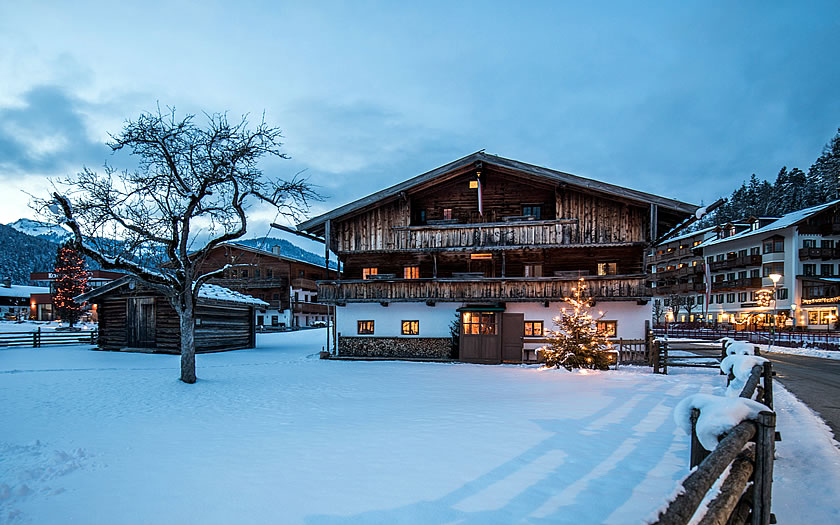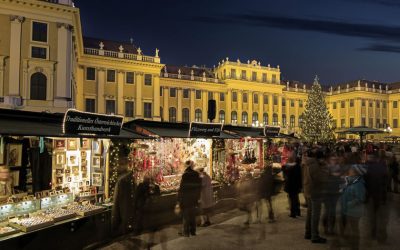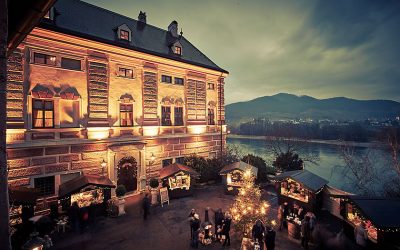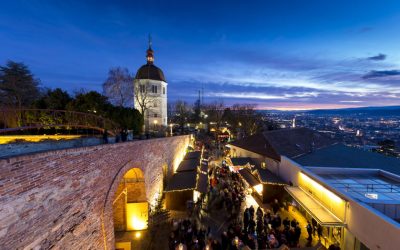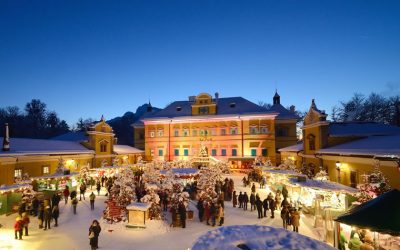Last updated on May 3rd, 2022 at 06:18 pm
The 200th anniversary of this renowned Christmas carol was celebrated last year.
Originally strongly associated with the Tyrol and especially with the Ziller valley region, ‘Silent Night’ (or, to give it its proper name, “Stille Nacht”) was created by a priest and a teacher in the Austrian province of Salzburg.
Joseph Mohr, an assistant priest, had written a poem a couple of years before he took up a position in Oberndorf. There he made the acquaintance of teacher Franz Gruber, who also worked with the choir and supervised the organ in his church.
He asked him if he could put a melody to the poem and it was first performed with guitar accompaniment after the Christmas Mass.
The original church no longer exists but a Silent Night Chapel was built in the village and draws thousands of visitors every Christmas Eve.
Oberndorf
The hymn “Silent Night” was heard for the first time in 1818 in the church of St Nikola in Oberndorf near Salzburg.
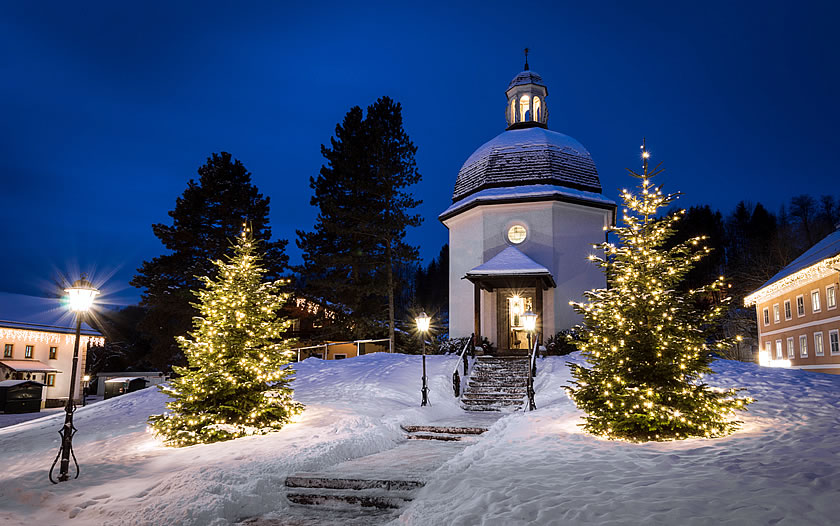
© TVB Oberndorf
Four historical performances are held in the Advent period depicting how the song originated and how it made its way into the world. On 30 November, 01, 07 and 08 December 2019, the programme begins at 16.00 with a tour of the Silent Night Theme Trail.
Stations include the Silent Night Chapel and four scenic performances at the Christmas Market in the neighbouring town of Laufen in Bavaria. The performance itself, in which Advent customs are depicted and many Advent and Christmas carols can be heard, begins at 18.00.
More information: stillenacht-oberndorf.com
Fügen
Musicians from the Zillertal contributed significantly to making “Silent Night” known all over the world.
But how did the song get to the Zillertal? The organ builder Carl Mauracher, who worked in Fügen, brought it with him.
He heard the song when he rebuilt the organ in Oberndorf in 1824/25. Soon afterwards the Zillertal singing families Strasser and Rainer added “Silent Night” to their repertoire and sang it on their tours in Europe and across the oceans.
Visitors can learn more about the singer families and the organ builder Carl Mauracher at the Heimatmuseum in Fügen.
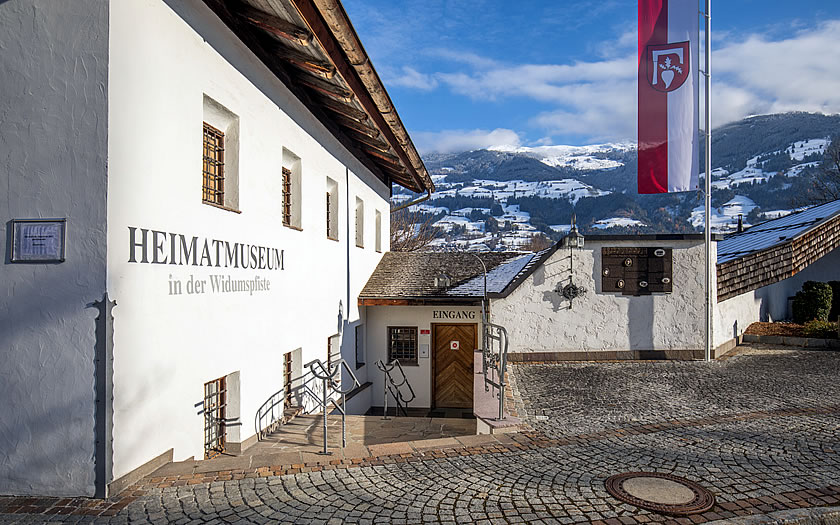
© Tirol Werbung | Michael Grössinger
The house also houses a special treasure: the world’s largest silent night record collection. It contains over 1,000 records with recordings and versions in different languages by well-known and lesser-known artists. Visitors can listen to many of the recordings.
More information: www.best-of-zillertal.at
Achensee
One of the singing families from the Tyrol, the Rainer family from the Ziller valley, went on tour to the USA.
One family member, Ludwig Rainer, returned to Tyrol in 1868 as a wealthy man. Among other things, he had the Achenseehof Chapel built on Lake Achensee.
The small church near the lake shore is one of the stops on the Ludwig Rainer Tour, which is offered between 24 November and 27 December 2019 for groups of four or more.
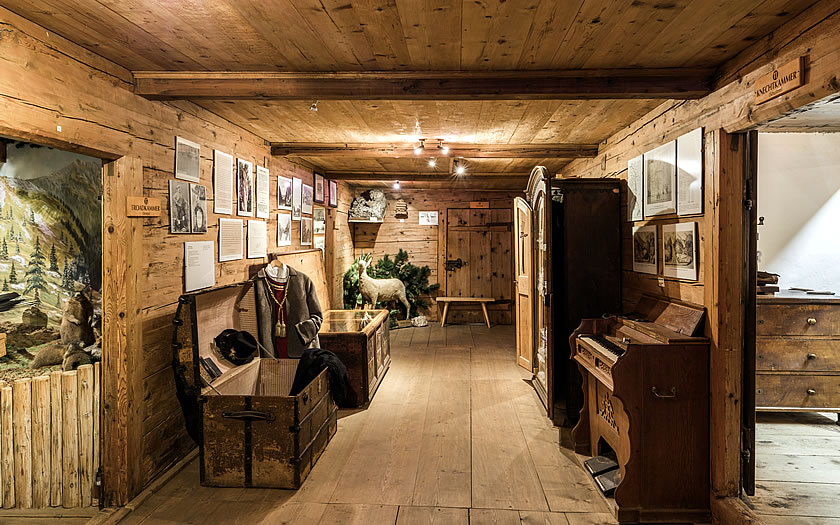
© Tirol Werbung | Michael Grössinger
More about the life of Ludwig Rainer and his family is related in an exhibition at the Sixenhof Museum of Local History. Visitors can see the clothes chest that Ludwig Rainer used on his travels around the world.
More information: www.achensee.com

